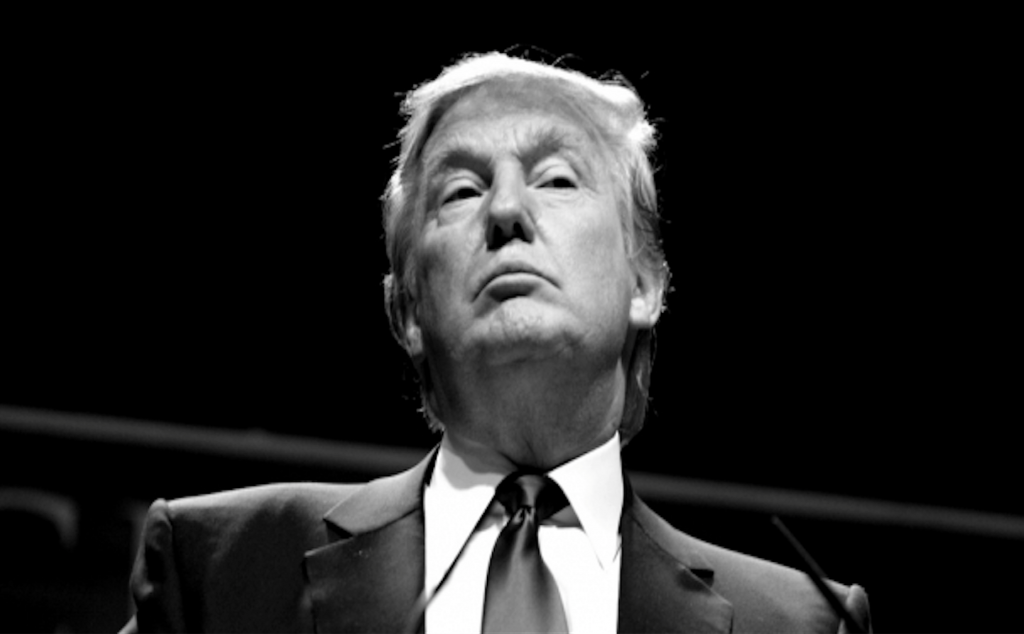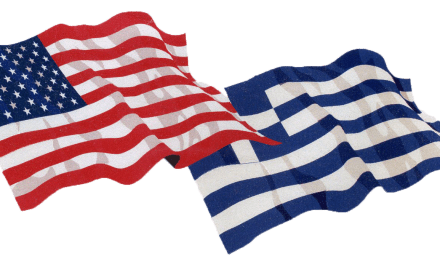By Anne Applebaum, Washington Post
Enrage the base. Use violent language. Create fear and anxiety. Talk the country down, tell everybody that things are getting worse. Promote division — sort Americans into “us” and “them,” in speech and online.
Undermine democracy itself: Hint heavily that the vote is rigged, that the system is broken, that the nation’s ideals are trash. Engage in voter suppression, too: Discourage potential opponents from going to the polls at all. Imply that your rivals are crooks or thieves, and lie about their records.
These were the tactics used by the Russian “Internet Research Agency” during the 2016 U.S. presidential campaign, brilliantly exposed by special counsel Robert S. Mueller III’s indictment. We’ve all marveled at how clever they were, how precisely they were aimed at American divisions, how they undermined our Constitution. We’ve been startled by the fake Russian Facebook pages, promoting fake groups called “Being Patriotic” or “Blacktivist.” We’re amazed at the Russian Twitter bots, the teams of “supporters” who were actually bits of computer code, cheering on the president and boosting the “popularity” of his fans.
There’s only one thing we’ve forgotten: These were the same tactics used by Donald Trump himself.
From the beginning, Trump’s campaign sought to exploit the inherently divisive properties of social media, to reach carefully targeted groups with different messages. In South Florida, Cubans got angry missives about President Barack Obama’s Cuba policy, warning that Hillary Clinton would continue it. Their Haitian neighbors received stories about Clinton’s supposed failure to help Haiti in the wake of the 2010 earthquake, in an attempt to persuade them not to vote. Meanwhile, people who dislike both Haitians and Cubans were simply told, over and over again, that Trump would build a wall.
Fake followers, often in large numbers, were of course part of Trump’s game plan, just as they are part of most political campaigns in most countries. Provocative trolls and websites that promoted conspiracy theories were a part of the Trump campaign, too. “Pizzagate” — the bizarre theory that Clinton was running a pedophile ring in the basement of a D.C. pizzeria — was not a Russian invention, but it might as well have been. Remember: This was an entirely phony theory, spun out of Clinton campaign emails leaked by Russian hackers that actually inspired an armed man to drive from North Carolina, enter the pizzeria and demand to see the nonexistent children in the nonexistent basement. That bizarre episode was ginned up by Americans, among them conspiracy theorist Alex Jones, a confidant of the president. At the height of the madness, Jones declared, “When I think about all the children Hillary Clinton has personally murdered and chopped up and raped, I have zero fear standing up against her” in a video that was watched hundreds of thousands of times.
So similar were their methods and language that it is not easy to pull the fake Russian stories and the fake Trump stories apart: Both the Russian trolls and Trump trolls made up wild stories from the hacked emails, which served the same purpose for both. At times, the two moved even closer: After a year of investigations, no one has yet explained why Trump, at some point in the summer of 2016, began repeatedly using stories and slogans that originated on Russian website Sputnik, or even on Russian state television, at his campaign rallies. “Obama created ISIS” and “Hillary will cause World War III.” Did Trump know he was using stories invented by Russian propagandists? Given the frequency of contacts between Trump campaign staff and a wide range of Russians, I find it impossible to believe he did not. But the main point is that in any case, they had become indistinguishable.
From a legal point of view, of course it matters who learned from whom during the U.S. election and how. National security also demands that we respond to the Russian intervention in our democracy and others. Russian support for extremist and anti-democratic political parties all across the West has been growing over the past decade, including funding and other support as well as propaganda. This was considered a fairly niche concern when I first started writing about it a few years ago, and I’m glad it’s now getting the attention it deserves.
Still, let’s be honest: The elimination of Russian influence from U.S. cyberspace would not prevent another Pizzagate. A shutdown of Russian bots will still leave swarms of American bots free to deceive American voters. By its very nature, social media makes disinformation campaigns possible on a larger scale than ever before: Its algorithms encourage deep polarization, and its promise of anonymity opens the door to fraud. By its very nature, American society seems to be susceptible to these campaigns, too. Mueller’s indictment shouldn’t end our investigation into this problem. We should consider it just the beginning.



















